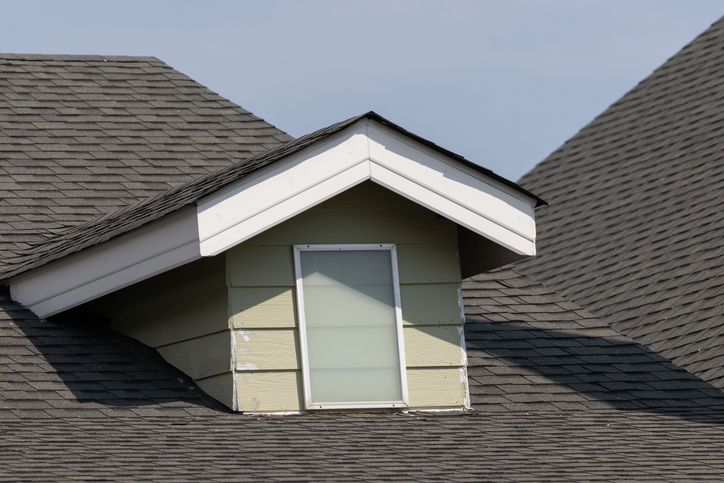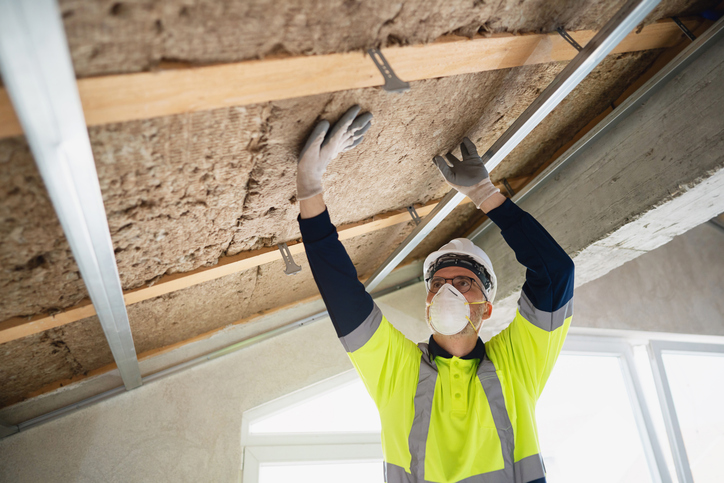How Interior Design Can Affect Your Emotions

How Interior Design Can Affect Your Emotions
March 19, 2018
The interior decorations of a home reflect the homeowners style and identity. However, did you know that the style of a home can actual impact your emotions? Read the following information to discover how the look of a home may affect your mood.
Use of Space
When entering a home with clutter and a lot “going on”, people may feel anxious and distracted. Spaces that seems claustrophobic and don’t “breathe” make people uncomfortable and trapped. Unfortunately, if someone visits a friend whose home is cluttered, he or she is likely to leave sooner rather than later because they may feel overwhelmed by the use of space.
On the other hand when a home is open and free of items, visitors tend to feel light. The room breathes, and those occupying the room are uplifted through the open space. The room will comfort those who feel trapped and allows conversation to flow freely among friends.
Furniture & Style
Many homeowners choose to purchase furniture with rounded edges and soft appearances. Round and soft furniture is seen as inviting and safe, whereas harsh looking furniture can appear threatening and dangerous. As people desire to feel comfortable in a home, cushions and soft-looking materials can go a long way in making people feel at peace in your home.
Lighting
Lighting can have serious effects on the moods and interactions of guests. Dim lighting is known to make people comfortable, creating a safe space for conversation and fellowship. However, harsh overhead lighting can make people feel alert, subconsciously causing them to back away from conversations. Additionally, natural lighting is shown to increase conversation and creativity within groups of people. If you want to have inspired conversations, make sure your lighting helps set the mood.
Understanding the relationship between decorations and emotions is difficult, but hopefully these insights help you create a home where productivity and relationships grow.
Recent News

The Best Time to Schedule Roof Repairs: Why Autumn Is Not Too Late
November 20, 2025

Common Signs Your Slate Roof Needs Repair
November 18, 2025

How to Maintain Your Gutters Year-Round & Avoid Water Damage
November 13, 2025

How New Siding Can Increase Your Home’s Value & Energy Efficiency
November 5, 2025

How Weather in Fairfield County Affects Your Asphalt Roof & What You Can Do About It
October 30, 2025

Color Trends in Siding
October 2, 2025

